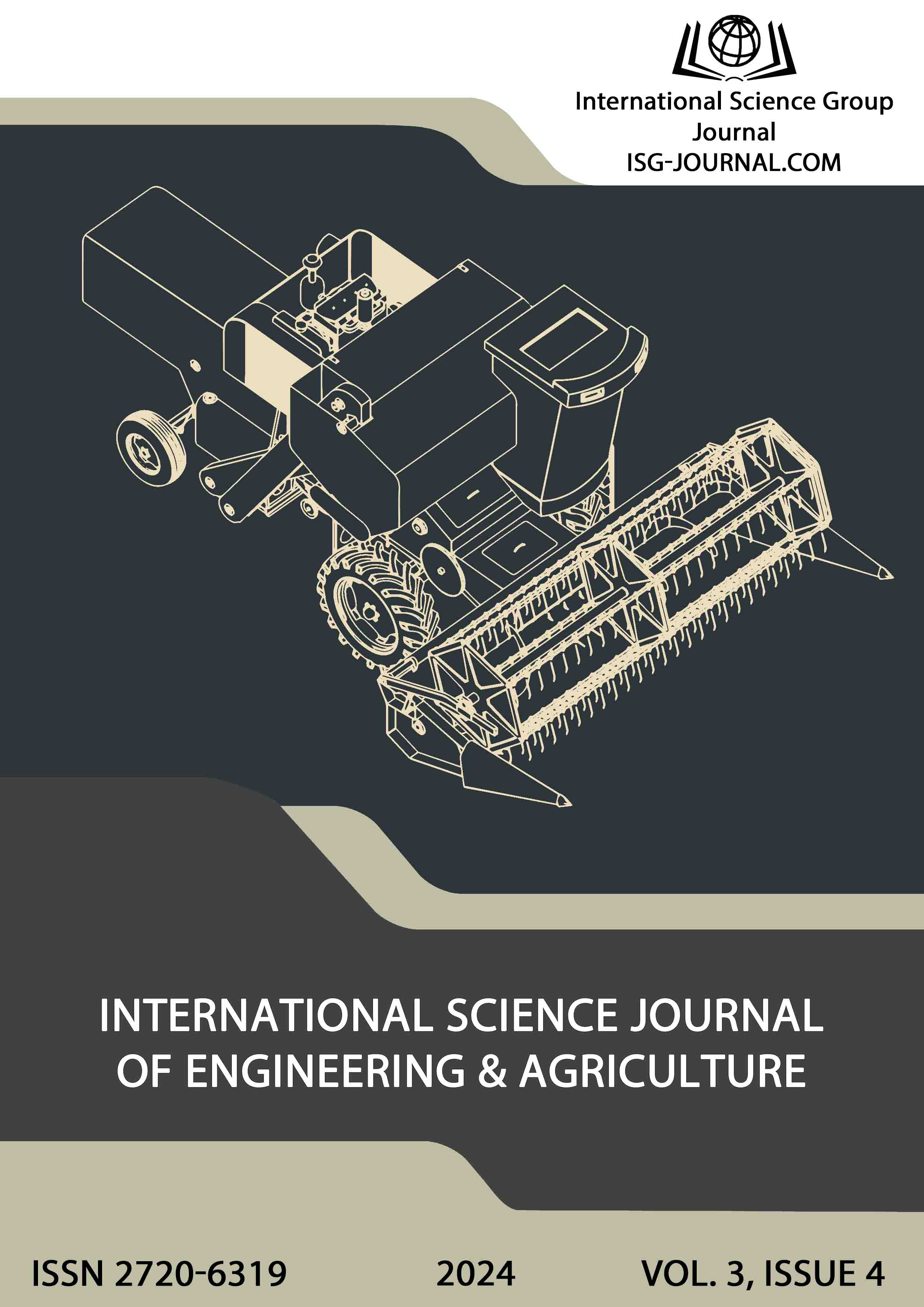Analysis of effectiveness of information process management in banking institutions
DOI:
https://doi.org/10.46299/j.isjea.20240304.10Keywords:
management efficiency, financial transactions, IT processes, architectural patterns, domain driven design (DDD), distributed patternsAbstract
A key aspect affecting the competitiveness of banks is the management of IT processes. Effective management of IT processes ensures the reliability, security, scalability of banking services, and fosters innovation implementation. Key issues include uneven load on computing power and personnel, complexities of software integration, and insufficient detailing of technological processes. The use of architectural patterns has been proposed to enhance the efficiency and flexibility of IT infrastructure. Architectural patterns can serve as an effective tool to achieve stable and reliable operation of banking system.References
Банківська система України: сучасний стан та перспективи розвитку / Федевич Л. С., Ливдар М. В., Межирицька // Економіка та суспільство. – 2020. – Випуск № 21. – С. 21-27.
Бичков, О.С. “Основи сучасного програмування” : підручник / О.С. Бичков. – К.: Видавничо-поліграфічний центр "Київський університет", 2008. – 272 с.
Юрчук Н.П. “Інформаційні системи в управлінні діяльністю підприємства”. Агросвіт. - 2015. - № 19. - С. 53-58.
Vlad Khononov, “Learning Domain-Driven Design Aligning Software Architecture and Business Strategy“, O’Reilly Media, Inc., 1005 Gravenstein Highway North, Sebastopol, CA 95472., 2021.
Позднякова В. Д. “Дослідження особливостей управлінських бізнес-процесів банку”. Науковий вісник Міжнародного гуманітарного університету. Серія : Економіка і менеджмент. – 2017. – Вип. 26(2). С. 111-115.
Martin Fowler, “Patterns of Enterprise Application Architecture”, Addison-Wesley Professional, 2003, 560 p.
Mark Richards & Neal Ford, “Fundamentals of Software Architecture An Engineering Approach“, O’Reilly Media, Inc., 1005 Gravenstein Highway North, Sebastopol, CA 95472., 2020
Robert C. Martin, “Clean Craftsmanship: Disciplines, Standards, and Ethics“, Addison-Wesley Professional, 2012, P. 416.
A. Milán, J. Mejía, M. Muñoz and C. Carballo, "Success factors and benefits of using business intelligence for corporate performance management," 2020 9th International Conference On Software Process Improvement (CIMPS), Mazatlan, Sinaloa, Mexico, 2020, pp. 19-27, doi: 10.1109/CIMPS52057.2020.9390108
Neal Ford, Mark Richards, Pramod Sadalage & Zhamak Dehghani, “Software Architecture: The Hard Parts Modern Trade-Off Analyses for Distributed Architectures”, O’Reilly Media, Inc., 1005 Gravenstein Highway North, Sebastopol, CA 95472., 2021
Matthew Boyle, “Domain-Driven Design with Golang Use Golang to create simple, maintainable systems to solve complex business problems“, Packt Publishing Ltd., Birmingham B3 2PB, UK., 2022, 204 pages
Juval Löwy, “Righting Software [ A Method for System and Project Design]” 1st Edition, Addison-Wesley Professional, P. 480.
Ушакова О.А. “Банківські операції”. Навчальний посібник. – Рівне: НУВПГ, 2021. – 226 с.
Крістофер Александер, “Мова шаблонів“, Книжкова Літера, 2018, C. 624
Erich Gamma, Richard Helm, Ralph Johnson, John Vlissides, “Design Patterns: Elements of Reusable Object-Oriented Software”, Addison-Wesley, ISBN 0-201-63361-2, 1997, P.395.
Robert C. Martin, “Clean Architecture: A Craftsman's Guide to Software Structure and Design, Pearson”. 1st edition (September 10, 2017), P. 432.
Gregor Hohpe, Bobby Woolf, “Enterprise Integration Patterns: Designing, Building, and Deploying Messaging Solutions.”, Addison-Wesley Professional, 2011, P. 688.
Unmesh Joshi, “Patterns of Distributed Systems” (Addison-Wesley Signature Series (Fowler)) 1st Edition, United Kingdom, 2023, P. 464.
Downloads
Published
How to Cite
Issue
Section
License
Copyright (c) 2024 Hennadii Dakhno

This work is licensed under a Creative Commons Attribution 4.0 International License.






